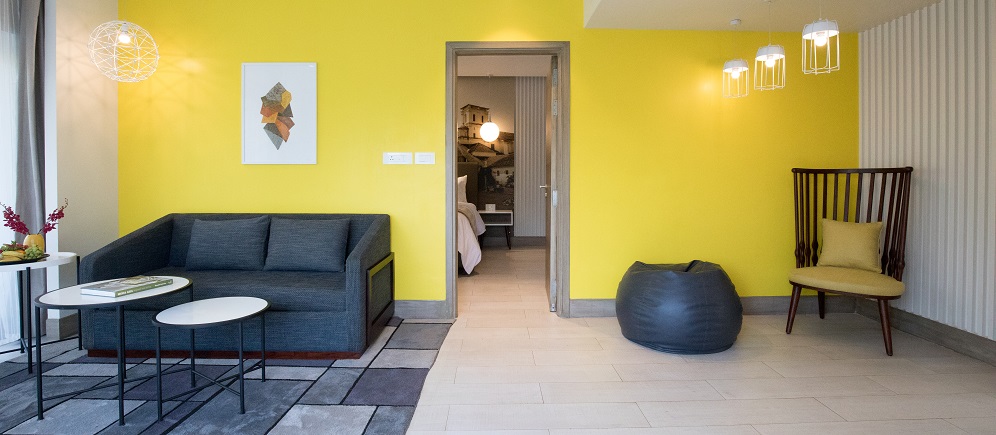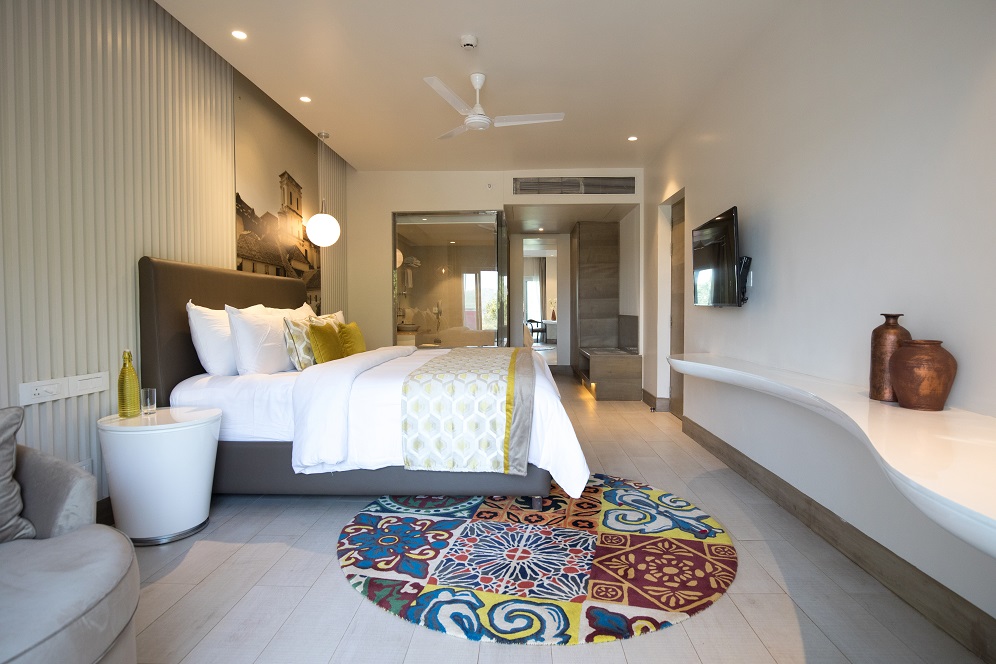Revolutionary hospitality trends of 2022
Text: Ar. Anil Badan, Principal Architect, Studio B Architects, New Delhi
Hospitality includes travelling, lodging, food and beverages – focusing on services and products that support the psychological and recreational wellbeing of people. Due to the ongoing Covid-19 pandemic, the hospitality industry has seen several changes – including digitalisation. Digitised hotels are now more accessible to consumers, which involves checking rooms and booking services from home. Due to the need for contactless transactions, businesses need a software solution that covers front-desk operations, reservation management, room inventory, channel management, housekeeping, payment processing, internal communication, arrival details, shift management, built-in accounting and event management.
In smart rooms, smart technology includes wireless charging points, voice searching, digital controls, voice controls, and automated temperature and lighting controls. When designing a hotel, the architecture must plan for a no-interaction check-in and checkouts. They must create a ‘home away from home’ ambience through welcoming interiors with natural warm earthy tones and materials – including sustainability. Restoration of dilapidated furniture and décor pieces are important in 2022, and sustainable designs find alternative use of space and objects.
The importance of social media has increased, and hotels must look picturesque with photography opportunities to remain memorable. Round shapes and soft contrasts reduce complexity and chaos in the room but maintain a soothing ambience. The world doesn’t revolve around a theme anymore, and the hospitality industry now focuses on a regional and immersive experience. As minimalism is a significant trend this year, simple interventions are more favoured than luxurious ones. Guests are impressed through meaningful experiences, and Art Deco influences are widely seen through lighting, wall coverings, colours and furniture.
Textures, patterns and colours bring life to the room. Though patterns seem intimidating, primary patterns automatically influence minor textures. Indoors and outdoors will blend in, and large often spaces slowly transform from public to private spaces. Nature remains the primary component, as it boosts the users’ wellbeing.









